Must-visit “Check-in” Spots when visiting Ha Long Bay
There are many amazing tourist attractions in Ha Long Bay. This year’s April 30th - May 1st holiday is quite long, so if you choose Ha Long Bay as your destination, be sure to “check in” at the following spots:
Hon Trong Mai (Cock and Hen islet)
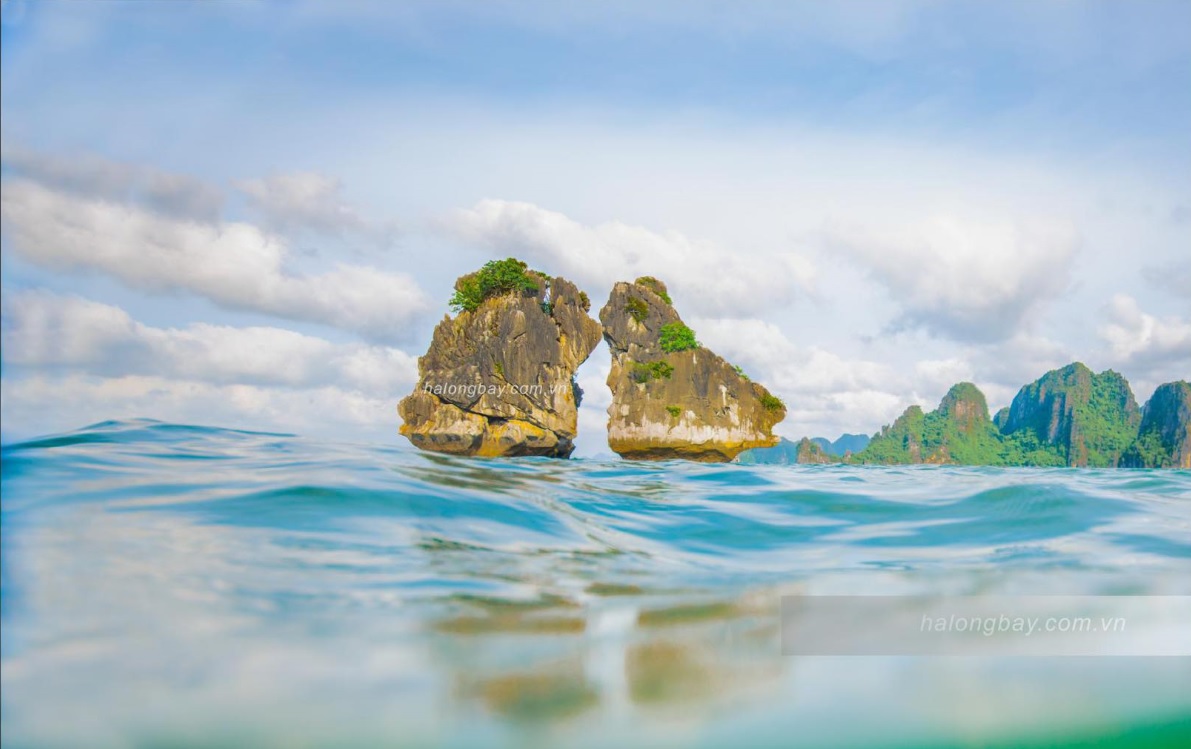
Cock and Hen islet is one of the most iconic and well-known landmarks in Ha Long Bay, attracting countless visitors.
This small island cluster consists of two islets, each rising just over 10 meters above sea level. They are uniquely shaped like a pair of chickens touching beaks in the vast open sea. This islet has been chosen as the symbol of Ha Long Bay tourism and was selected as the official symbol of Vietnamese tourism in the year 2000.
Visitors to Ha Long Bay almost never miss the chance to capture beautiful photos of this iconic landmark.
Hon Cho Da (Stone Dog Islet)
Located right at the water’s edge at the foot of a mountain, Stone Dog Islet sits at the gateway to the Ba Hang area. As the boat passes through the entrance, the islet comes into view behind it. If you'd like to take photos and check in with this loyal "guardian" that has stood watch over the Bay for millions of years, be sure to ask your captain to slow down for the perfect shot.
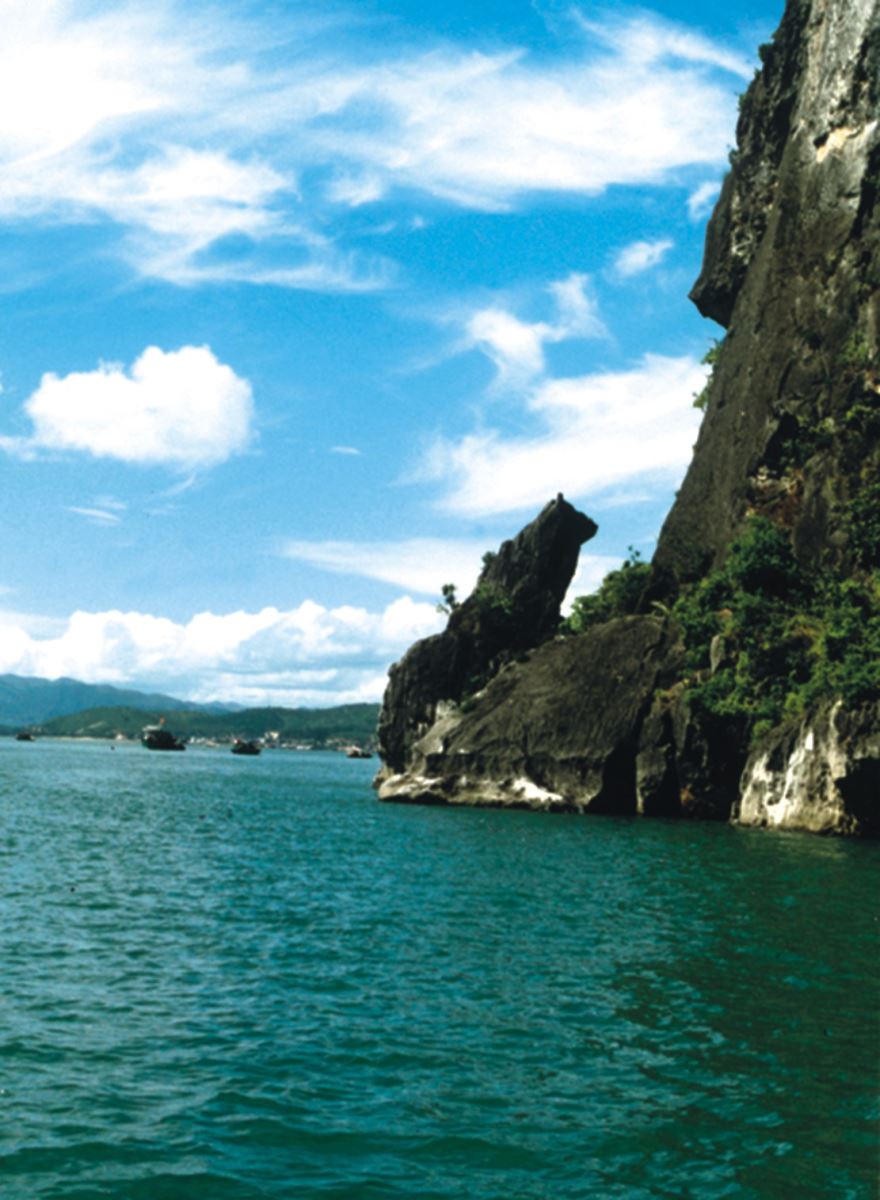
Hon Dinh Huong (Incense Burner Islet)
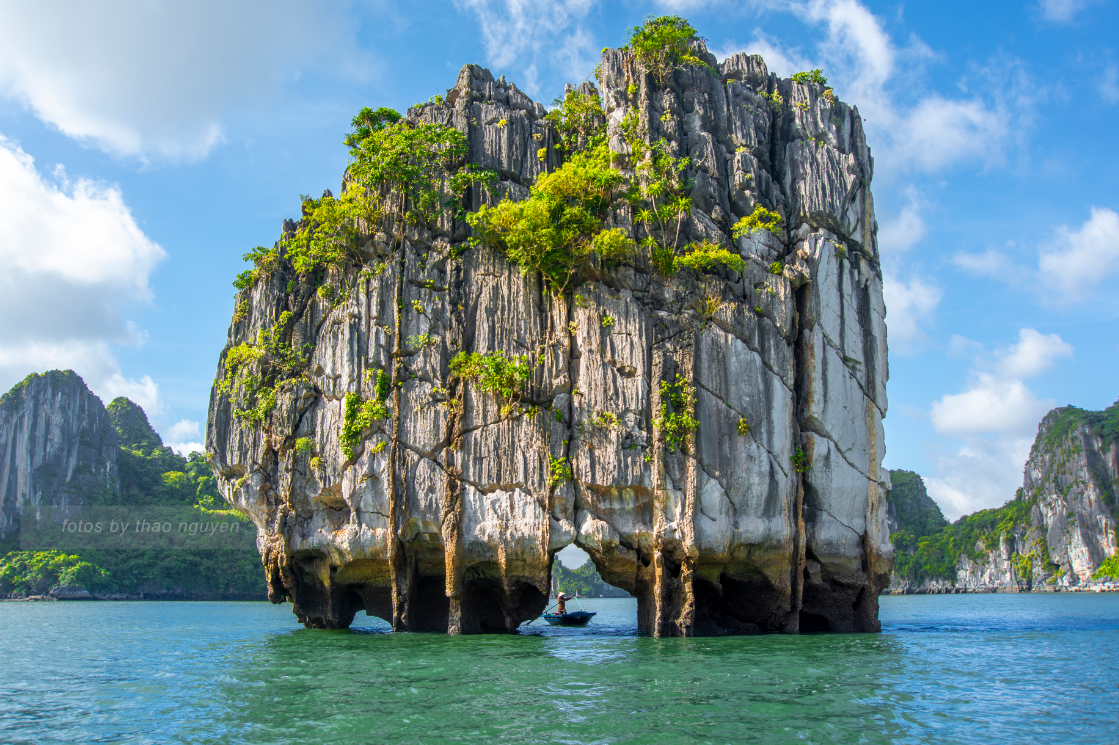
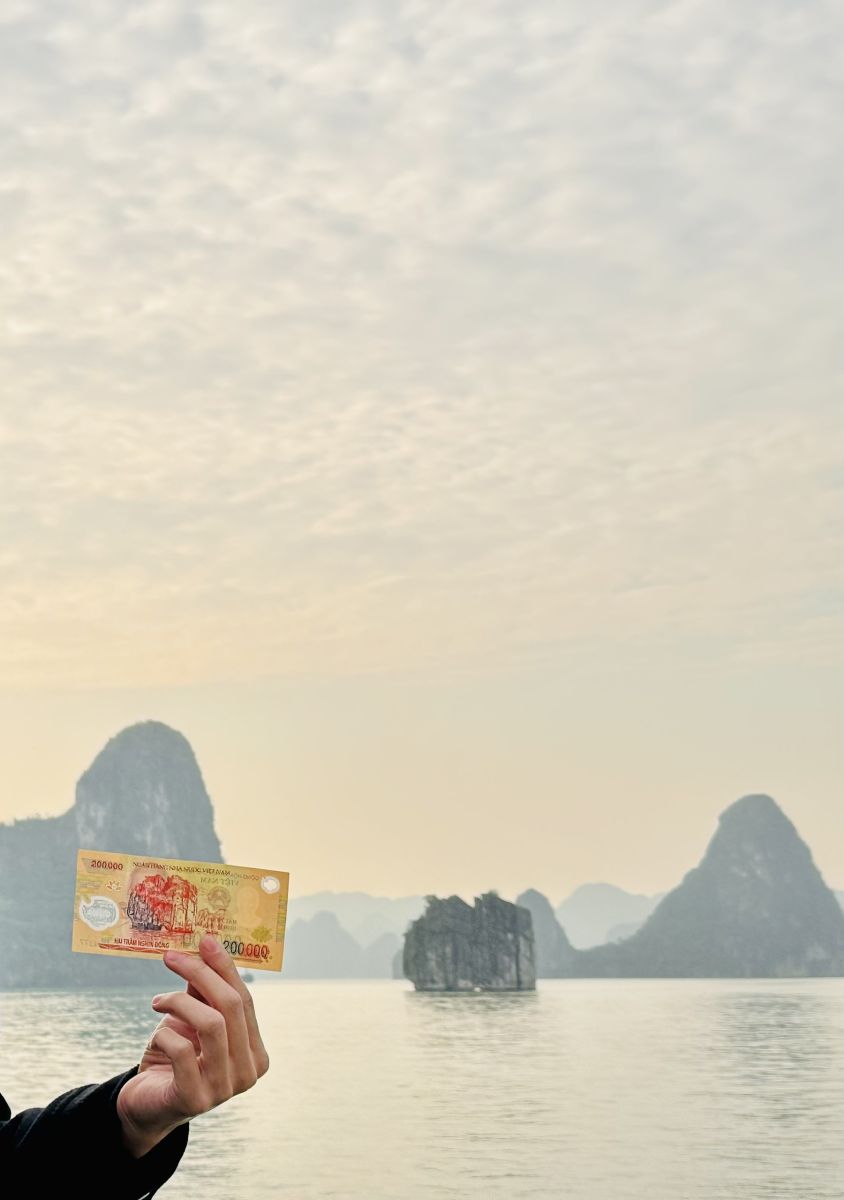
This small islet is shaped like an ancient incense burner resting in the middle of the sea. To "check in" with this million-year-old natural sculpture, don’t forget to bring a 200,000 VND banknote!
Why? Because the image of this islet was selected to be illustrated and printed on Vietnam’s 200,000 VND note - a testament to its cultural and symbolic significance.
Thien Cung Cave (Heavenly Palace Cave)
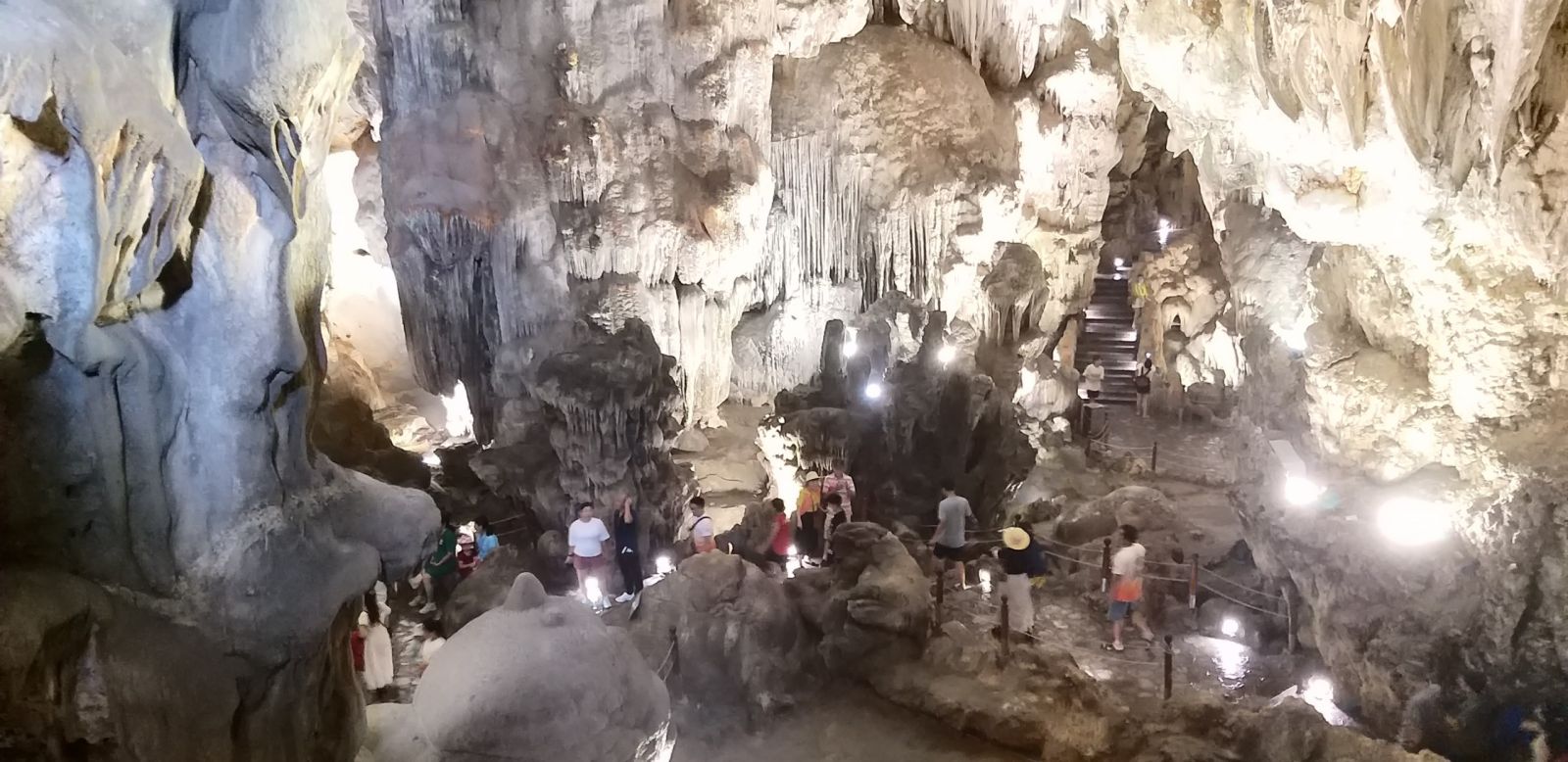
One of the most famous and stunning caves in Ha Long Bay, Thien Cung Cave holds a legendary tale about dragons. The name “Heavenly Palace” speaks volumes about its majestic beauty - it’s often compared to a celestial palace in the sky.
When visiting this “palace of the heavens,” don’t forget to check in at the sign of cave's name at the entrance, pose with the Dragon King in the central chamber, or capture a shot with the image of Mother Au Co’s nurturing breasts on your way out.
Dau Go Cave (Wooden Stakes Cave)
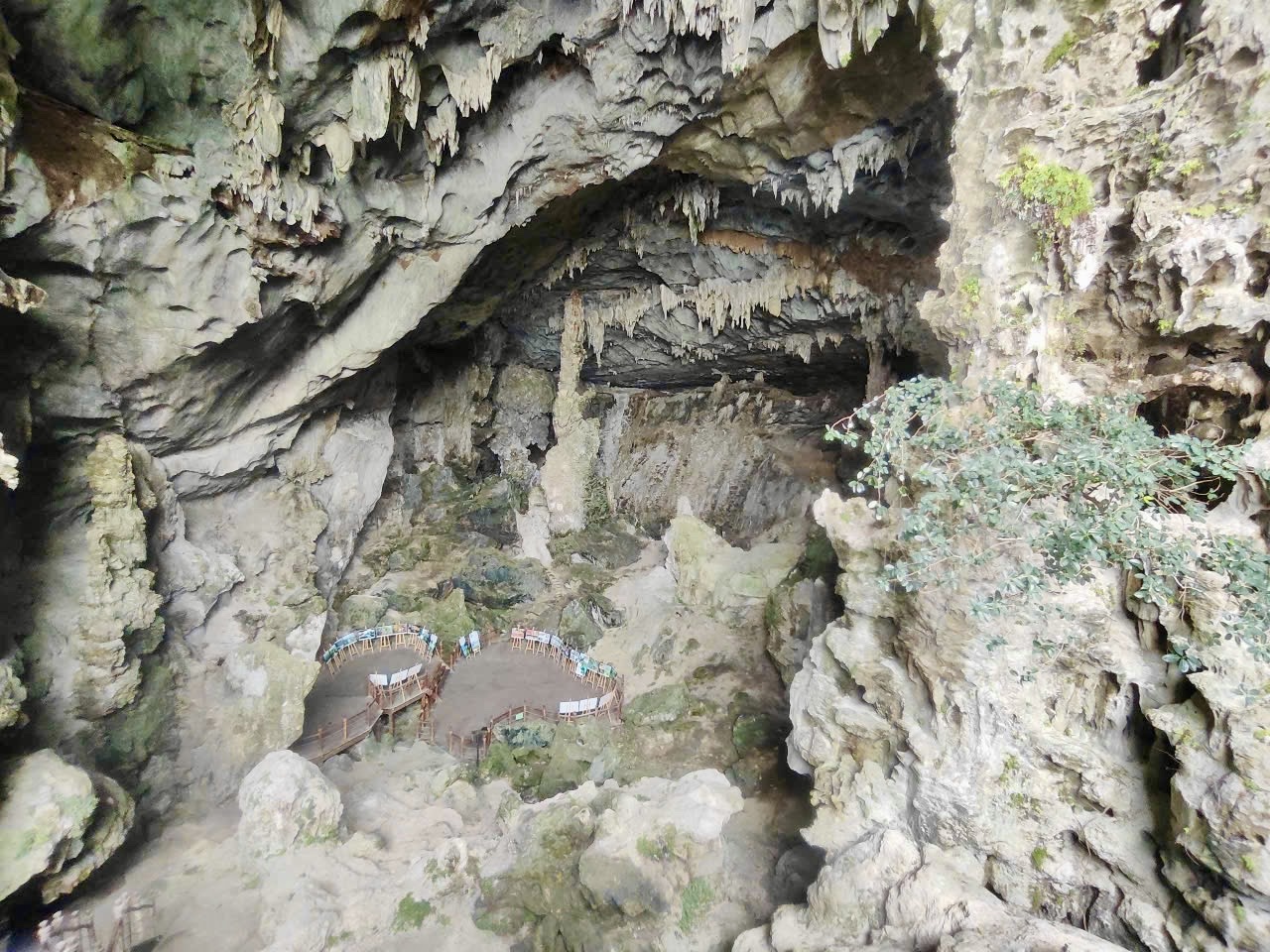
This cave exudes an ancient, moss-covered charm with a vast, majestic space deeply imbued with historical and cultural significance. In 1918, Emperor Khai Dinh visited the cave, and a stone stele still remains, commemorating his praise for its natural beauty.
In 1957, during his visit to Dau Go Cave, President Ho Chi Minh remarked to his companions: “Such beauty cannot be described by just one person alone. Let’s enjoy it together.”
Be sure to capture a moment in front of the cave entrance - the mossy backdrop sets the perfect scene. As for your pose? That’s up to you - just make it chill.
Sửng Sốt cave
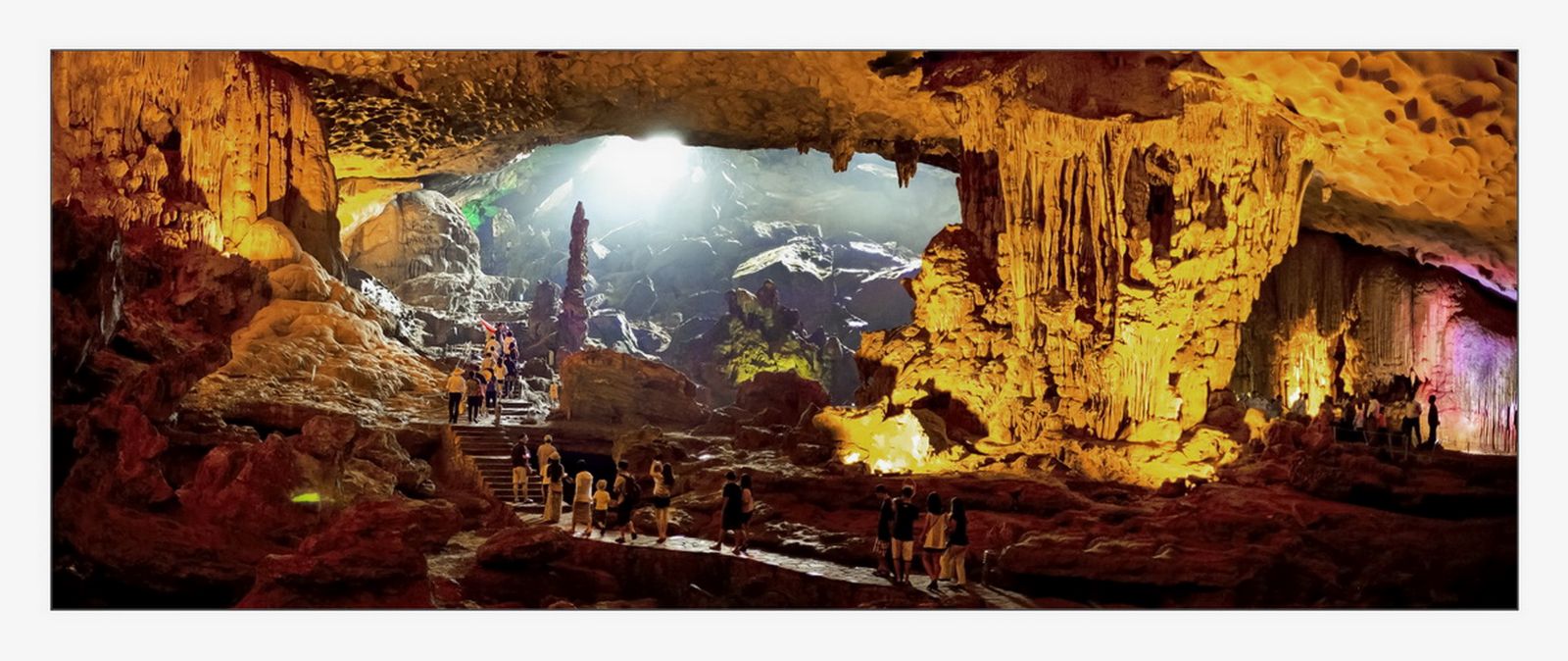
Sung Sot Cave is one of the largest caves currently open to visitors in Ha Long Bay. As you ascend the stone steps leading to the entrance, the gasps of awe and exclamations from tourists seem to explain the cave’s name - “Sung Sot” means “Surprise.”
It’s no wonder that back in the 19th century, when a French expedition first explored this place, they named it “Grotte de la Surprise” - the Cave of Surprises.
When visiting the cave, don’t forget to check in at the cave’s ceiling dome, which features many bumps and indentations resembling a giant opera house, as well as the statue of the Goddess of Mercy (Bodhisattva) right at the cave’s exit.
Ti Tốp island
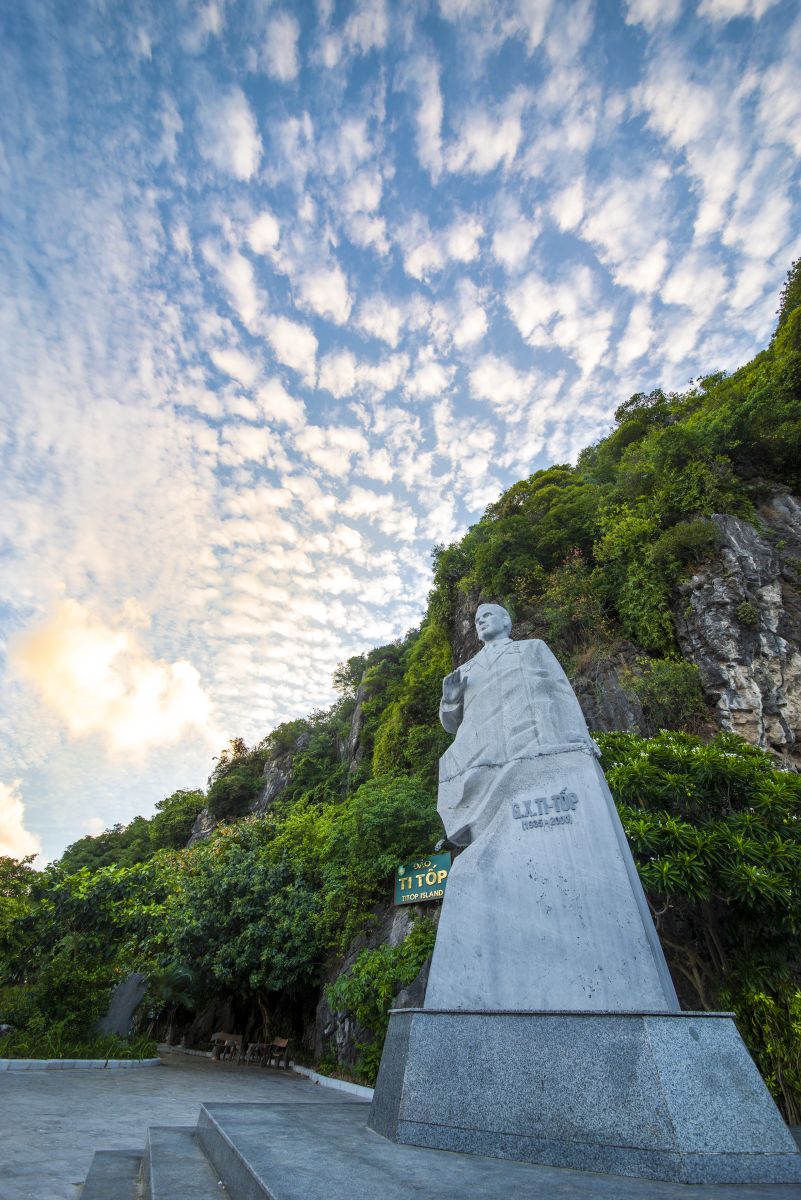
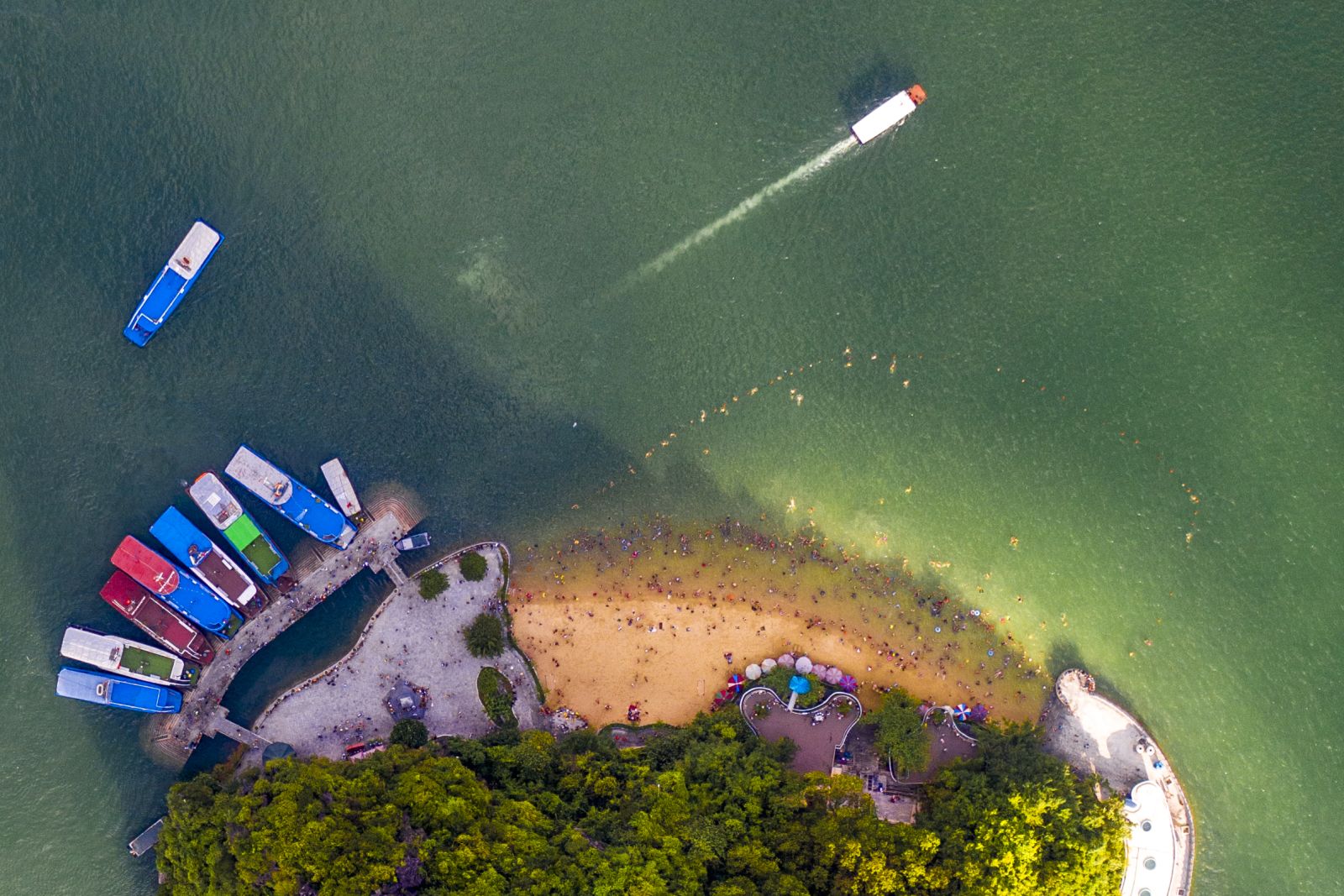
Among the 980 named islands in Ha Long Bay, this is probably the only one named after a foreigner, given its name by President Ho Chi Minh. The island is named after the Soviet space hero Yuri Gagarin (known as Giéc-man Ti-Tốp in Vietnamese).
There are many beautiful spots to check in when visiting the island: the crescent-shaped white sandy beach against the backdrop of the blue sea; in front of the Titov monument; and enjoying or photographing the stunning views of the Bay from various heights at the lookout towers.
Mê Cung grotto
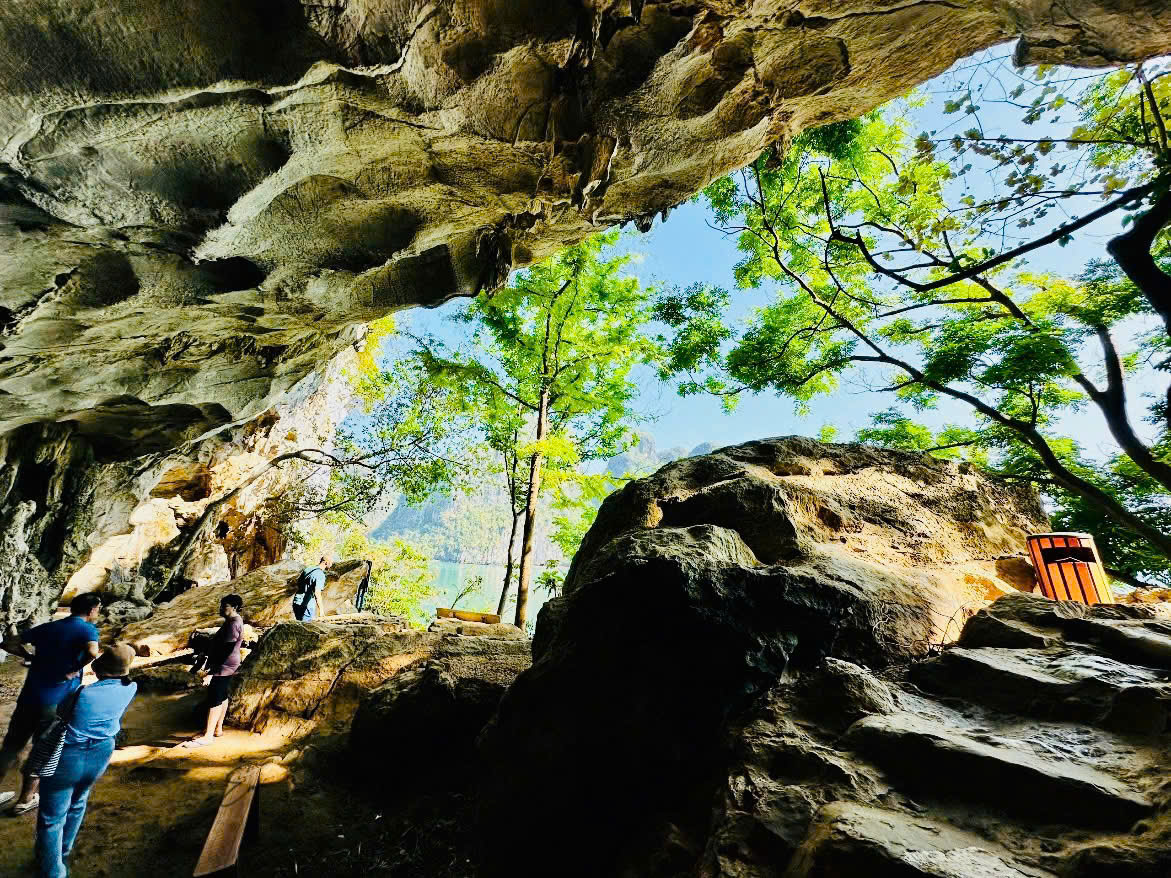
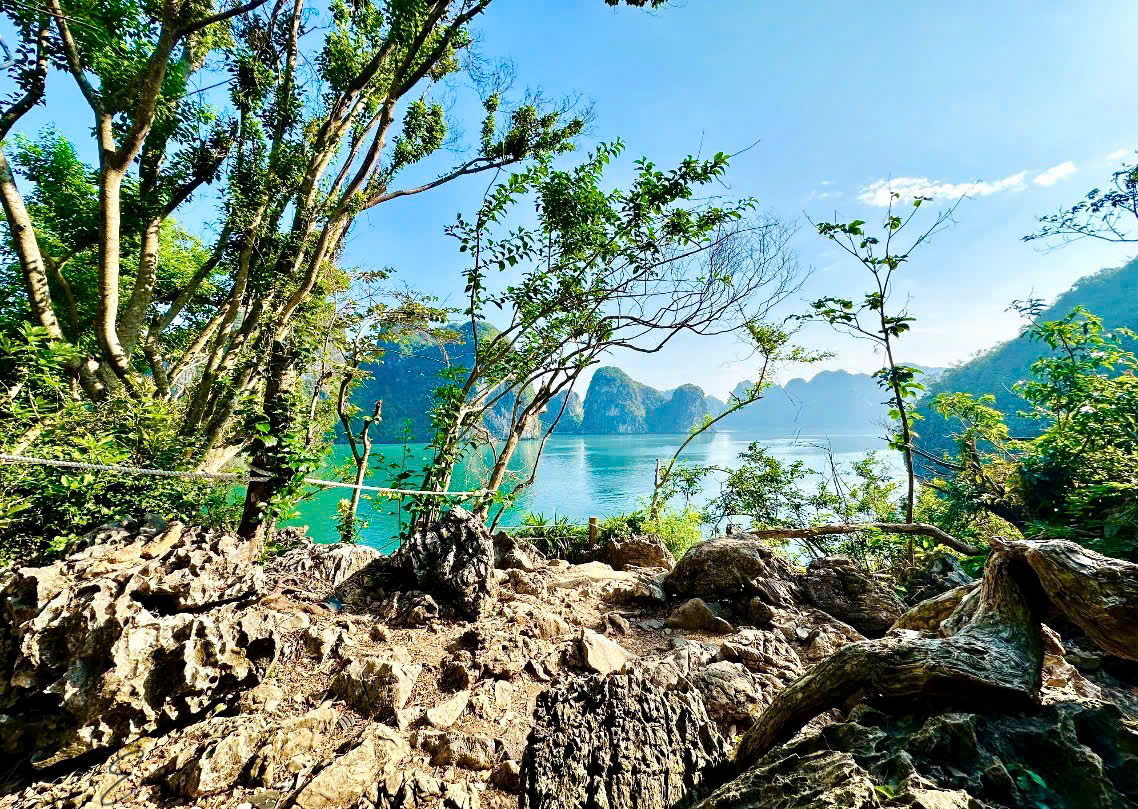
Located within the cluster of caves on the Ha Long Bay 2 tour route, Me Cung Cave is believed by scientists to have been one of the homes of ancient Vietnamese people, based on the remaining traces found inside. Although small in size, the cave holds profound cultural and historical significance. Its name likely comes from the zigzag structure of the cave’s interior.
When exploring the cave, be sure to capture moments with the fossilized seashell deposits at the entrance, and also with Ang Me Cung - a stunning lake nestled among surrounding mountains and a royal garden filled with endemic plants of Ha Long Bay, located just after the Me Cung Cave tour ends.
Translated by Thuy Ha
